The cis-normative stranglehold on video games has started to weaken with the inclusion of gay, bisexual, intersex and asexual characters in key roles in the medium's biggest franchises. Here's 10 games that are allowing players to experience the diversity of the world as it is.
Useful things for young people aged 14 and over
Video showing the dangers of sharing personal images online.
In Ocado's grocery warehouses, thousands of mechanical boxes move on the Hive. Are they all individual robots? Or is this one giant hive mind?
Watch the video
Harry Brignull, who coined the term back in 2010, said dark patterns have got worse.
“I’d hope by naming and shaming these companies and bringing it to light, it would somehow magically make it go away,” Brignull said. “I thought there would be less dark patterns 10 years later. In fact, now, there’s way more than ever before.”
He now runs DarkPatterns.org to crowdsource and call out submitted dark patterns.
HOW TO GET YOUR IMAGE REMOVED
If you're under 18 and a nude image or video of you has been shared online, you can report it and to be removed from the internet. You'll need to:
Select your age and follow the steps below.
Create a Childline account so we can send you updates on your report.
Report your image or video to the Internet Watch Foundation (IWF).
It’s Pride Month in the UK, which marks the celebration of and focus on LGBTQ+ communities. While this is a time to celebrate, it is also an important time to shed light on the difficult everyday situations many LGBTQ+ young people find themselves in, especially during the ongoing pandemic. Understanding the context of the lives of young LGBTQ+ people and the lived experience of children and young people in our care means we can better understand and support them.
The ‘Queerantine study’ by UCL and University of Sussex found that more than two thirds of LGBTQ+ people showed significant symptoms of depression during lockdown.
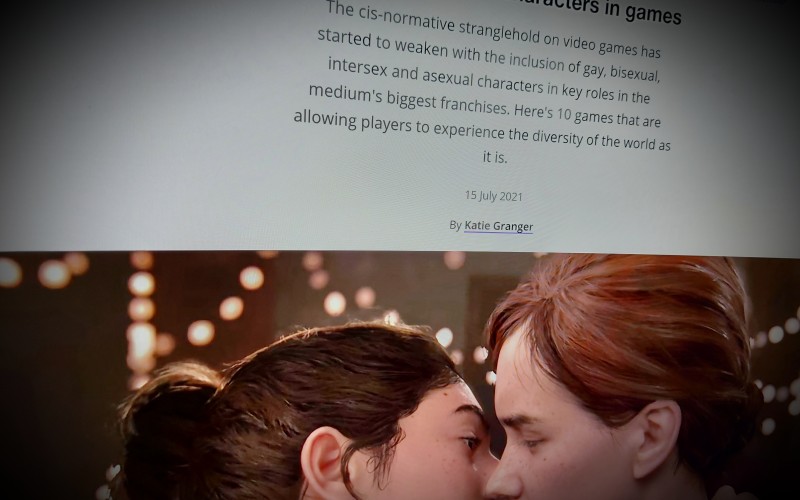
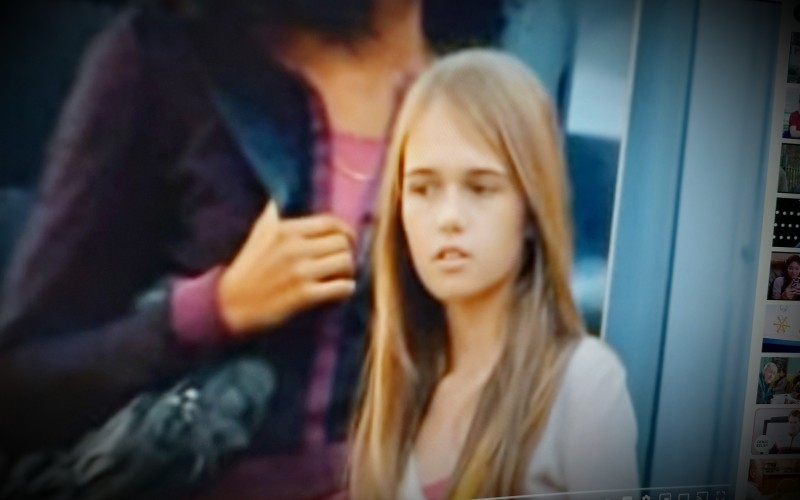
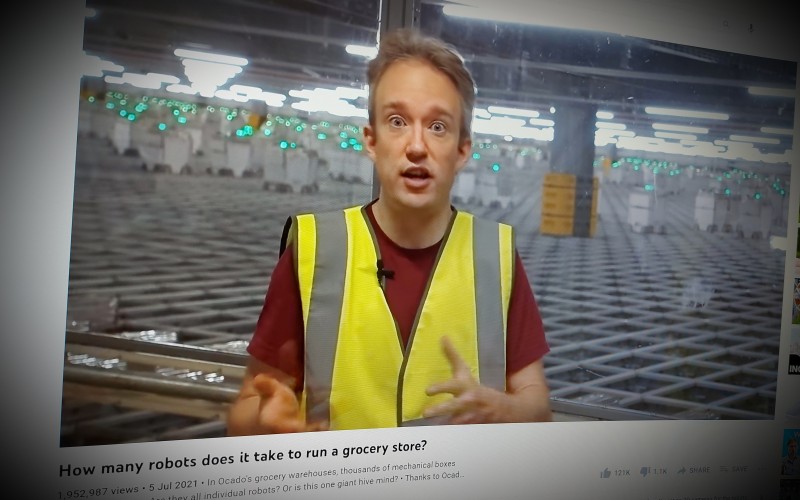
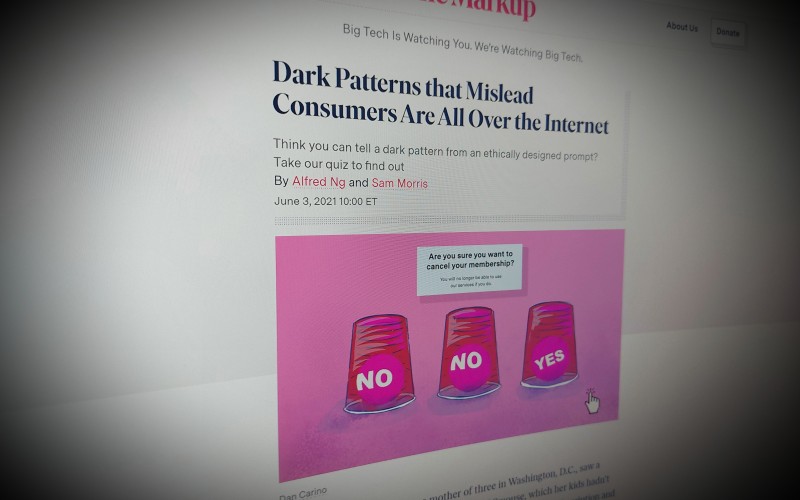
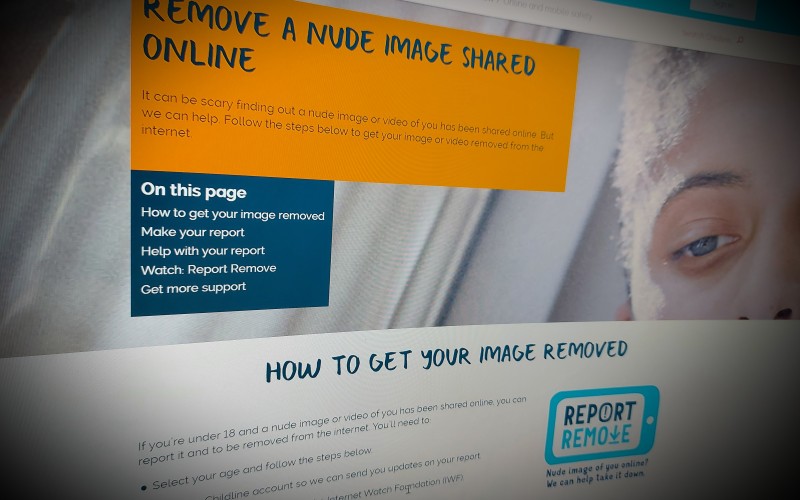
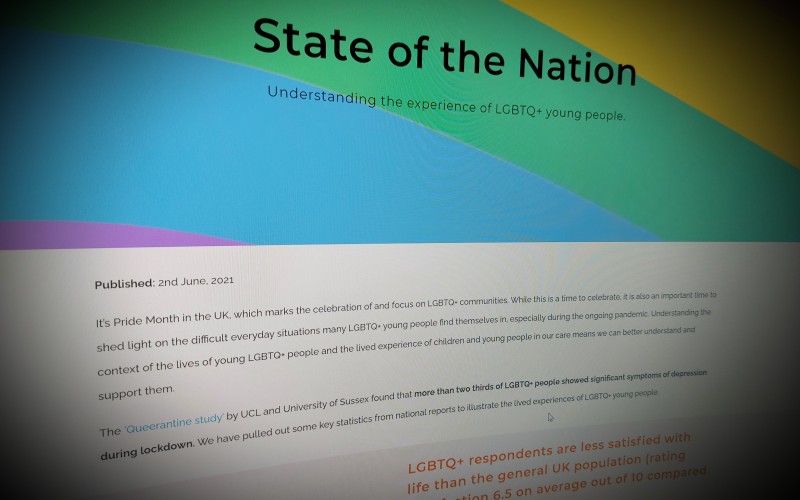
Comments
make a comment